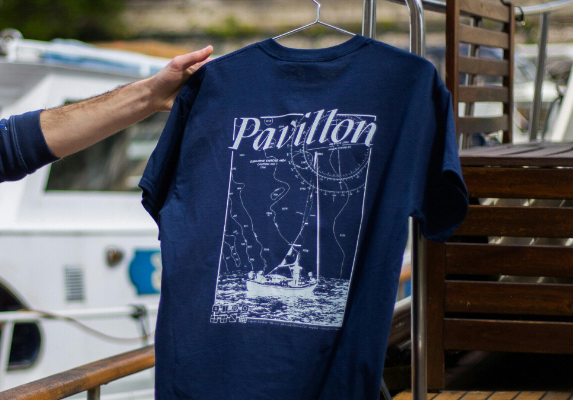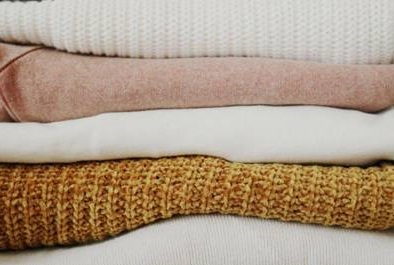In the realm of do-it-yourself fashion, a personalized shirt makes the biggest impression. From tiny firms to hobbyists, the market for distinctive clothing has spurred creative ideas in shirt transfers. Whether your goals are for a basic logo or a complex design, the correct technique will improve your work. Let’s examine four great shirt transfer techniques that will inspire your imagination and produce amazing outcomes.
Heat Transfer Vinyl Shirt Printing(HTV)
Among the most often used techniques for shirt transfers is Heat Transfer Vinyl (HTV). This method cuts a design from colored vinyl, then heat-pressed onto the fabric. Because of its endurance and adaptability, HTV lets you create bright, long-lasting patterns.
Applying calls for a heat press and a cutting machine. Cut your design then take away the extra vinyl and lay it on your shirt. Apply heat and pressure with the heat press, therefore activating the adhesive on the vinyl. The end effect is a professional, neat polish that ages well.
Inkjet Transfer Paper
For those looking for an affordable and straightforward option, inkjet transfer paper is a fantastic choice. This method involves printing your design directly onto special transfer paper using an inkjet printer. The fabric is then heated to apply the printed image.
While the application process is relatively simple, keep in mind that the quality of your ink and paper plays a significant role in the outcome. For best results, use high-quality, compatible transfer paper, and don’t skimp on the printer settings. This method is ideal for full-color images and intricate designs, making it a go-to for custom shirts.
Sublimation Printing
One unusual technique that lets light-colored polyester materials have vivid, full-color graphics is sublimation printing. This transfer method transforms solid dye into gas using heat, which subsequently permeates fabric fibers. The dye returns to solid form once cool, producing an amazing and permanent finish.
This method is perfect for all-over prints or intricate designs. Keep in mind, that sublimation works best on high polyester content fabrics, typically over 60%. For the best results, pair sublimation with a heat press that can reach high temperatures.
Direct-to-Film (DTF) Transfers
Direct-to-film (DTF) transfers are relatively new but have quickly gained popularity because of their ease of use and adaptability. This technique involves printing designs onto a special film, which is then applied to the garment using heat.
UV DTF technology takes this concept further by enabling vibrant, durable designs to be transferred onto non-fabric surfaces like glass, metal, and plastic.
DTF allows for vibrant colors and can be applied to a variety of fabric types, including cotton, polyester, and blends. The transfer is durable, and the application process is straightforward. If you’re interested in combining simplicity and quality for your projects, go to dtftransfersnow.com for more information.
Shirt Transfers and Stunning Designs
Each of these shirt transfer techniques offers unique benefits, allowing creators to explore various designs that suit their needs. Whether you prefer the reliability of HTV, the simplicity of inkjet transfers, the vibrant effects of sublimation, or the versatility of DTF, there’s an option to fit every project.
With the right approach to shirt transfers and some practice, your custom shirts can reflect your personal style or brand identity beautifully. So, gather your supplies and start experimenting with these techniques to create eye-catching apparel that stands out.
For more topics aside from shirt printing business tips, check out the rest of our blog!
If you want morе еxciting contеnt visit. Globallyviz.com














Comments